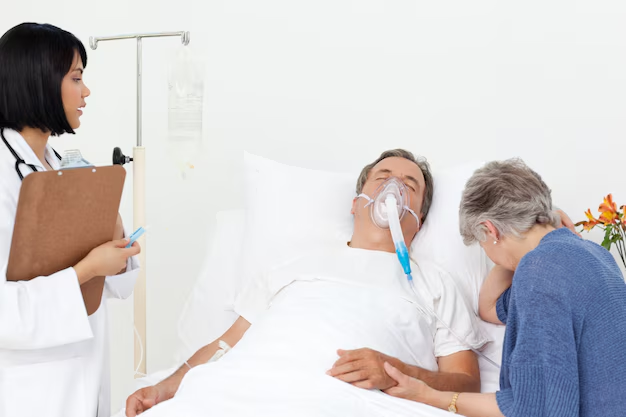Understanding Pulmonary Hypertension: What You Need to Know
Pulmonary hypertension (PH) is a complex and often misunderstood condition characterized by high blood pressure in the lungs' arteries. Unlike systemic hypertension, which affects overall blood pressure throughout the body, PH specifically impacts the pulmonary arteries. This increased pressure makes it difficult for the heart to pump blood through the lungs, eventually leading to symptoms such as shortness of breath, fatigue, and chest pain.
What Causes Pulmonary Hypertension?
Pulmonary hypertension can arise from a variety of causes and is often categorized based on these origins:
- Pulmonary Arterial Hypertension (PAH): Idiopathic and hereditary forms are included here, along with those caused by drugs and toxins.
- PH Due to Left Heart Disease: Includes conditions affecting the left side of the heart, such as left heart failure or valve diseases.
- PH Due to Lung Diseases: Chronic obstructive pulmonary disease (COPD) and interstitial lung disease are common culprits.
- PH Due to Chronic Blood Clots: Known as chronic thromboembolic pulmonary hypertension (CTEPH), this occurs when old blood clots cause higher pressure in the pulmonary arteries.
- PH with Multifactorial Mechanisms: Includes PH with unclear causes or those related to conditions such as sarcoidosis.
Diagnosing Pulmonary Hypertension
A comprehensive diagnosis usually involves a combination of tests, including echocardiograms, chest X-rays, CT scans, and right heart catheterization, which is considered the gold standard for confirming PH. Early diagnosis is critical as progression without appropriate treatment can lead to severe complications.
Treatment Options
Treatment for pulmonary hypertension often requires a multidisciplinary approach, combining lifestyle changes, medications, and sometimes surgical interventions. Common treatment options include:
- Medications: These can help reduce symptoms by relaxing blood vessels or reducing blood volume.
- Oxygen Therapy: Particularly useful in PH due to lung diseases.
- Surgical Options: In severe cases, procedures such as atrial septostomy or lung transplantation may be considered.
Exploring Financial and Educational Support
Navigating the complexities of pulmonary hypertension can be daunting not only medically but also financially. Fortunately, there are several programs and resources available to ease the financial burden:
Government Aid Programs
Many countries offer health coverage expansions and subsidies designed to assist patients with costly treatments. Check if you qualify for:
- Medicare/Medicaid: Offers coverage for various medical expenses related to PH.
- Social Security Disability Benefits: Available for those unable to work due to their condition.
Financial Assistance and Debt Relief Options
Patients with pulmonary hypertension may face mounting medical bills, but assistance is available:
- Charity Care Programs: Some hospitals and clinics offer discounted care based on income.
- Non-profit Organizations: Groups like the Pulmonary Hypertension Association may provide funds to assist with treatment costs.
Educational Grants and Opportunities
Pursuing education or retraining for a less physically demanding role is often necessary for managing PH. Consider:
- Scholarships for Disabled Students: Many institutions offer financial aid for students with documented medical conditions.
- Vocational Rehabilitation Programs: Government-funded programs can help you transition into a new career path.
Key Resources for People Facing Pulmonary Hypertension
- 🏥 Medicare/Medicaid: Explore eligibility for healthcare coverage.
- 💸 Non-profit Assistance: Look into grants provided by organizations like the Pulmonary Hypertension Association.
- 🏫 Educational Support: Find scholarships tailored for students with disabilities.
- 🔄 Vocational Rehab: Seek training and educational opportunities for new career paths.
By understanding pulmonary hypertension and leveraging available resources, patients can better manage their condition and financial obligations, paving the way for improved quality of life.

Related Topics
- a 66 Year Old Female With a History Of Hypertension
- Are Eggs Bad For Hypertension
- Are Eggs Good For Hypertension
- Are Endocrine Disorders Causing Hypertension Rare
- Can Adderall Cause Hypertension
- Can Alcohol Cause Hypertension
- Can Allergies Cause Hypertension
- Can Anemci People Get Hypertension
- Can Anemia Cause Hypertension
- Can Antibiotics Cause Hypertension